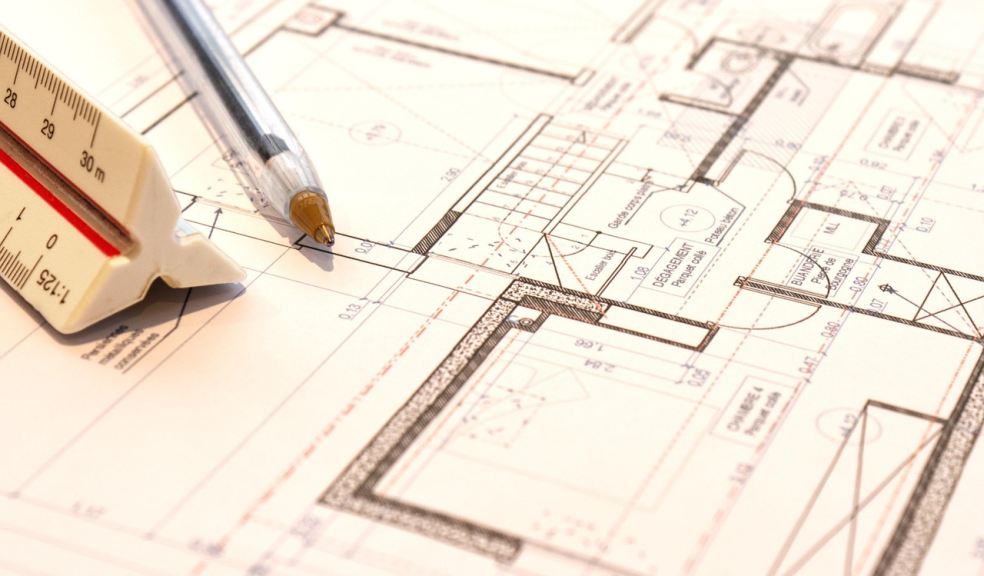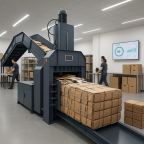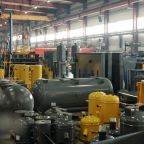
Engineering Stronger Components: Material Selection for Extreme Conditions
In the demanding landscape of modern industry, where components face relentless stress, extreme temperatures, and abrasive forces, strategic material selection isn't just a design step—it's a fundamental pillar of engineering success. From high-performance aerospace parts to critical machinery in heavy industry, the ability of a component to withstand extreme operational conditions directly dictates its reliability, longevity, and ultimately, its overall value. Understanding how specific material properties can be enhanced to resist fatigue, abrasion, and deformation is crucial for engineers tasked with designing for high-stress industrial environments.
The Imperative of Material Science in High-Stress Environments
Choosing the right material is a complex interplay of scientific knowledge and practical application. It goes far beyond simply picking a strong metal. Engineers must delve into the microstructure, chemical composition, and inherent properties of various alloys to predict their behavior under specific loads, temperatures, and corrosive elements. In environments characterized by constant vibration, impact, or extreme temperature fluctuations, a material's ability to maintain its integrity is paramount. This deep understanding allows for the design of components that not only meet performance criteria but also offer an extended service life, minimizing downtime and maintenance costs.
Enhancing Material Properties: The Role of Processing
Raw materials often possess latent potential that can be unlocked and amplified through advanced processing techniques. For instance, processes like heat treatment, controlled forging, and specialized casting methods are vital in refining a material's grain structure, eliminating internal defects, and inducing desired properties. These operations can significantly increase a material's tensile strength, toughness, and hardness. The selection of these processes is as critical as the initial material choice, as they directly influence the final mechanical characteristics. This is particularly evident when considering materials designed to resist wear and tear; for example, the transformation of steel through various thermal processes creates hardened steel, a material specifically engineered to exhibit superior resistance to abrasion and deformation under extreme loads, making it indispensable for applications requiring exceptional durability and surface hardness.
Tailoring Alloys for Specific Challenges
Different industrial challenges demand tailored material solutions. For environments with high abrasive wear, engineers might opt for alloys with high carbon content or specific carbide formations. In applications requiring resistance to fatigue, materials with excellent fracture toughness and controlled grain structures are preferred. Similarly, for components exposed to corrosive agents, stainless steels or nickel-based alloys, often further enhanced by surface treatments, become the go-to choices. Each alloy, and its subsequent processing, is a deliberate decision aimed at optimizing the component's performance against the most demanding conditions it will encounter.
The Link Between Material Selection and Product Longevity
Ultimately, the careful consideration of material selection and its enhancement through advanced processing techniques directly translates into enhanced product performance and significantly increased longevity. By engineering components with materials precisely suited for their intended extreme conditions, industries can achieve higher operational efficiencies, reduce premature failures, and elevate the overall reliability of their machinery and systems. This strategic approach to material science is not merely about creating stronger parts; it's about building enduring value and driving innovation in critical industrial sectors.











